The book, CityMakers is dedicated to Umar Baba. Umar Baba is a CityMaker, who stayed on the footpaths of Paharganj. He kept blessing the author whenever he met him during night vigils. “Khuda aap ko har bala se bachaye” (May God save you from all kinds of calamities).
City Makers are homeless residents dwelling across the vast expanses of the built environment of our country. By virtue of their existential state they become the makers of our cities. Our chaotic, noisy, enigmatic and loveable cities. We are given to understand that if one asks, a homeless person in our cities, who made this city? A prompt response from that homeless person arrives. The person says in the vernacular – I made this city!!
While the response at first will make us think that this homeless person is ignorant; after a little bit of silence and contemplation, any reader fluent in English realizes we are so ignorant..
The book is a mirror, of our reality. A reality which is in our face but we do not see it, smell it, hear it or feel it. May be we did once, but we do not now. At least not, any longer. Then suddenly this book is like somebody has held a mirror to your face. This mirror is important for any person engaged in any way to the betterment of our country, our quality of life. Yes, in short it is important to all of us.
The book is like a mirror for another reason. Just like a mirror can be held at different positions to dwell upon different facets of ourselves, possibly to comprehend our visual self better. This book has can be read not only from first to last but also from various sections. A reader can create her or his own course of self discovery. There are ample notes, glossary, indices to aid in that process. The author encourages this. Perhaps we will be forced out of our own houses and engage with a truth that we choose not to see. This book forces a participatory research and a call for action in the minds of the reader.
The understanding of Urban Studies as a discipline nudges as invariably to think that people migrate from rural to urban areas to improve their quality of life. However, this book and the research I was compelled to undertake as a result of reading this book has led me to think that a vast part of urban migration happens because of sheer need to survive. Survival in a hell mimicking urban space is better than, well, being dead. It should be noted that that death is a slow death, invariable due to lack of any basic provisions including food.
This will compel all of us to think that the urban spaces in India have to be thought of differently. We have to allow for migration for survival, just not migration for better quality of life. This book forces us to think of how we look at the urban stakeholders differently.
Strangely, when we see the plight of ‘migrant’ workers going back to their rural villages in the wake of the Covid crisis; there is also a sense of hopefulness for two reasons. First, possibly the quality of the built environment has improved at her or his home district such that such families need no longer migrate. The ‘natives’ do return to their homes, which offers for sure a better quality of mind, and, now, hopefully a better quality of life. These improved qualities should be persuasive enough to think that the natives have returned permanently. May be now the City Makers have found a new city to make; a city much closer to home.


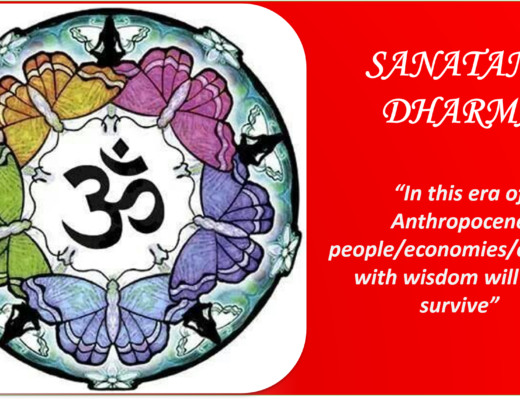
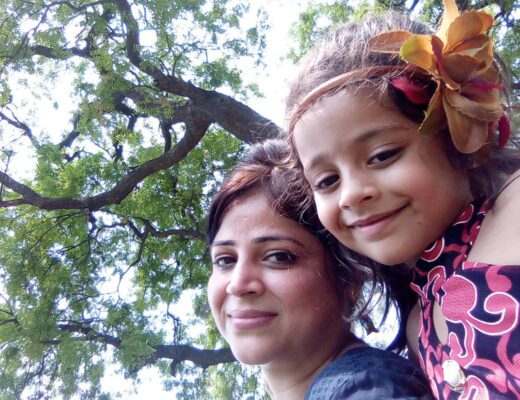
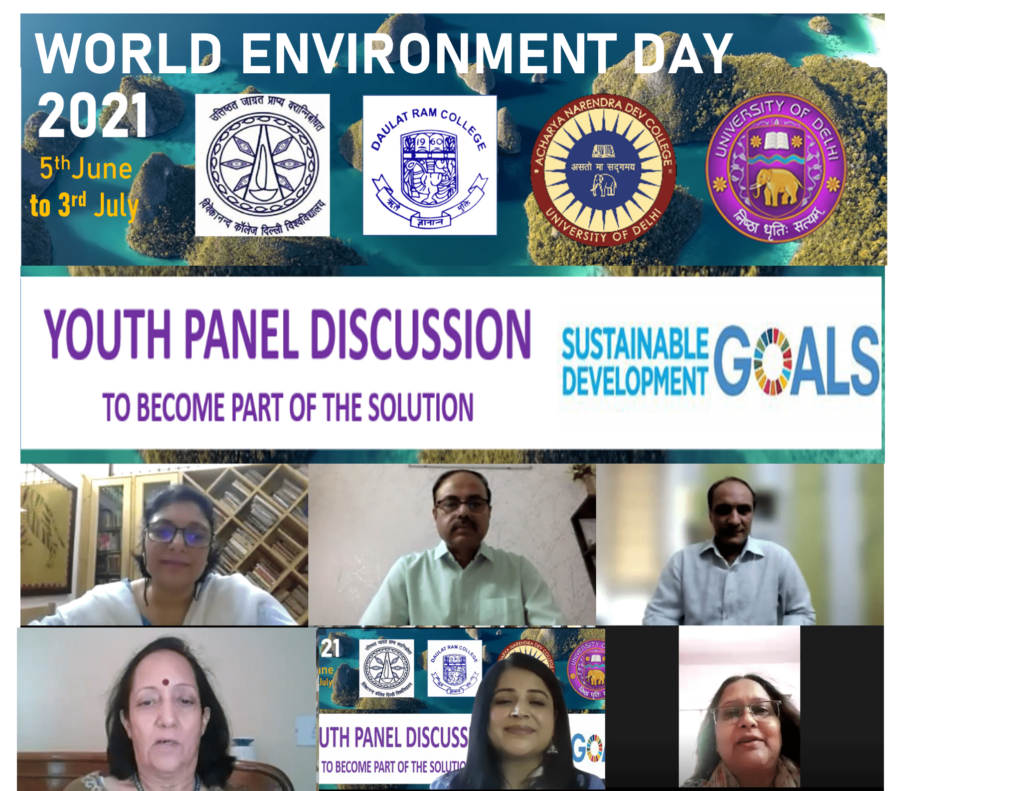
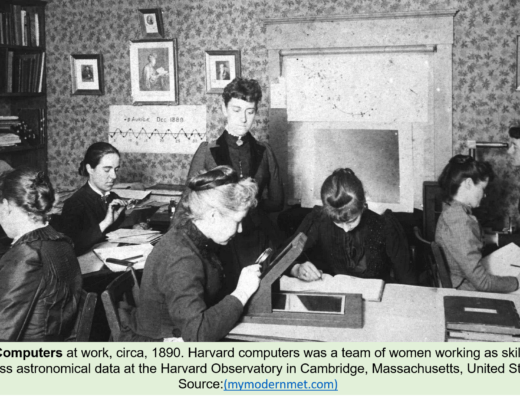

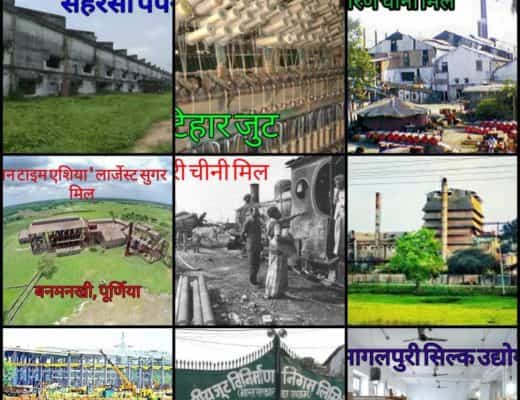

No Comments